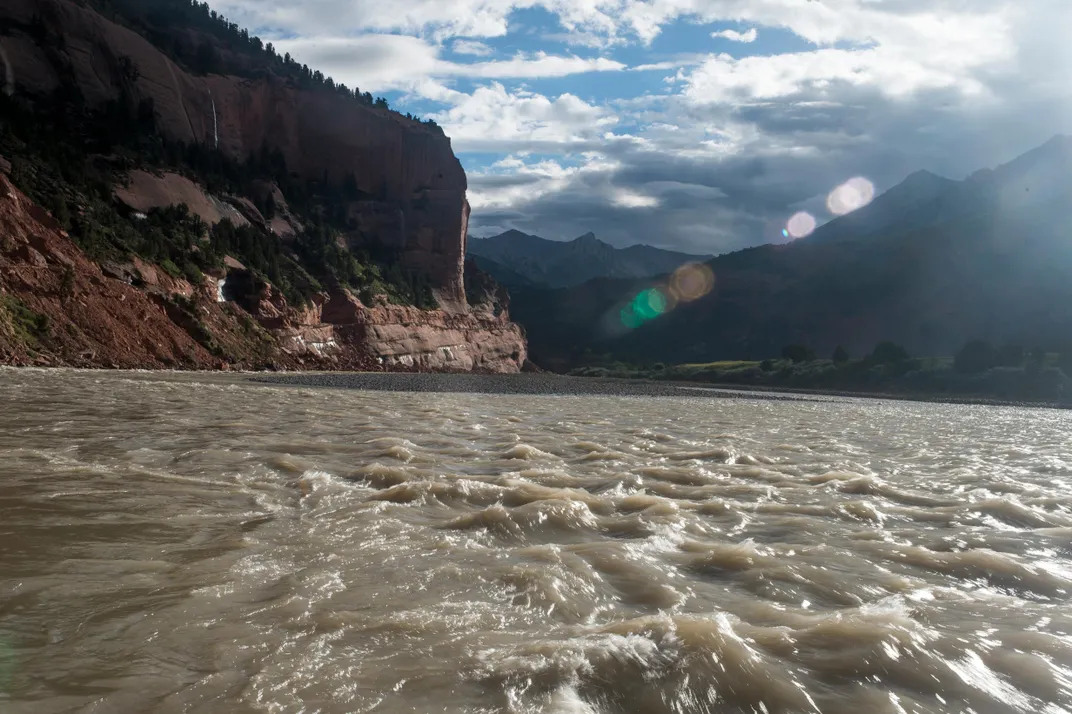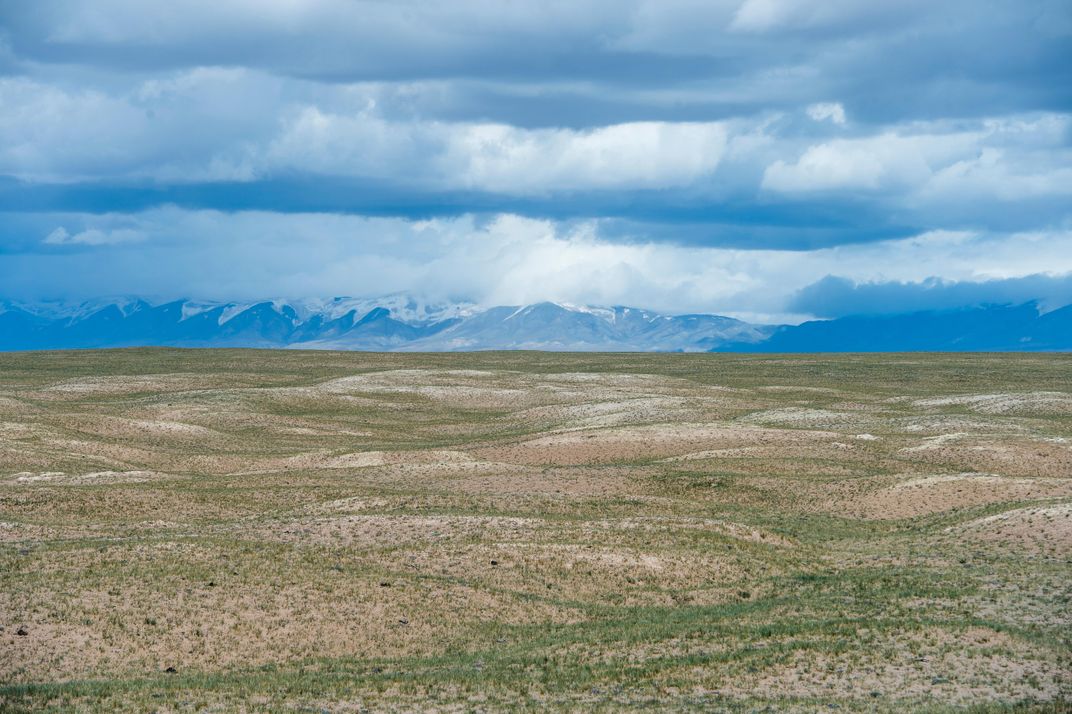China Is Developing a New National Parks System, Inspired by Yellowstone and Yosemite
The first one to open will encompass a high-altitude, remote region of the Tibetan Plateau
/https://tf-cmsv2-smithsonianmag-media.s3.amazonaws.com/filer/10/06/10068fc3-52f7-4bed-99ec-0fc841478c2a/gettyimages-825674960.jpg)
From soaring mountains to sprawling canyons, China is home to a variety of natural wonders. In an effort to protect these diverse landscapes, along with the rich biodiversity they support, Chinese officials intend to unveil a national parks system in 2020—inspired by the United States' national parks.
China is already home to protected park areas, but many “are simply parks on paper, run by various agencies without enforceable guidelines,” report Christina Larson and Emily Wang of the Associated Press. The new system is being entirely re-designed as a unified entity, with recent science in mind. Policy-makers and scientists from around the world have contributed to the project, and Chinese officials have visited the U.S. to tour its famed national parks, including Yellowstone and Yosemite.
In 2016, according to Li Ping of China Daily, the country began working to establish its first pilot national park, Sanjiangyuan, which is due to open next year. The park is located in Qinghai province, which stretches across the Tibetan Plateau—a remote, high-altitude region that is now “in the crosshairs of China’s latest modernization push, marked by multiplying skyscrapers and expanding high-speed rail lines,” write Larson and Wang.

Sanjiangyuan encompasses the headwaters of three major bodies of water: the Yellow, Yangtze and Lancang rivers, all of which have shrunk due to human activities, Ping reports. Hoping to preserve the region’s natural heritage, officials have stopped issuing mining and hydropower permits there.
The area covered by the new national park is also home to some 1,500 snow leopards, an iconic and vulnerable species. Protecting the cats will be one of the park’s main goals; according to Mongabay’s Wang Yan, snow leopards are often poached by humans or targeted in retaliation for killing livestock. “Figuring out how to help humans and snow leopards co-exist,” Yan writes, “will be essential to the new park’s success at protecting the endangered cats.”
Species conservation will, in fact, be a priority for all of the planned national parks, which will encompass areas that are home to pandas and Siberian tigers, among other animals. “A huge country like China literally determines the fate of species,” Stuart Pimm, an ecologist at Duke University, tells Larson and Wang.

The fate of humans who live in the park regions is another point of concern. Many of the United States’ own national parks were built on land once inhabited by Native Americans, who were sometimes forcefully removed. China has resettled populations to make way for infrastructure projects, like the Three Gorges Dam, but the goal now is to work with local groups in managing the new parks. In Sanjiangyuan, a program called “One Family, One Ranger” hires one person from each of the local families to contribute to tasks like trash collecting and patrolling for poachers and monitoring wildlife.
A-Ta, a Tibetan herder who now leads a team of trash collectors, tells Larson and Wang that he is happy to have work that will both help his family stay on their land and foster its protection.
“I love this land very much,” he says. “I always motivate and encourage people to protect the environment and contribute to the conservation work.”